Paresha Farastu
Exploring Social Choice Mechanisms for Recommendation Fairness in SCRUF
Sep 10, 2023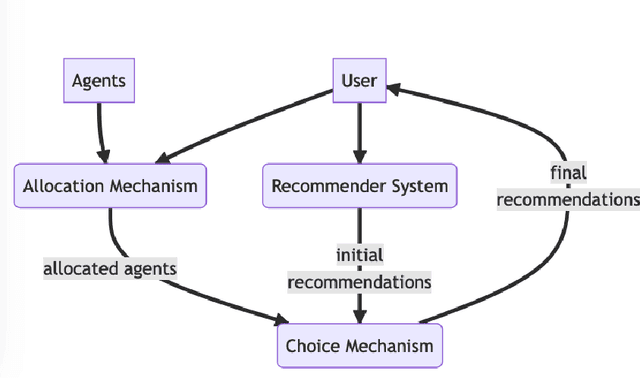
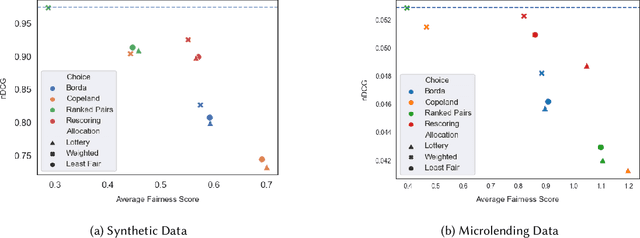
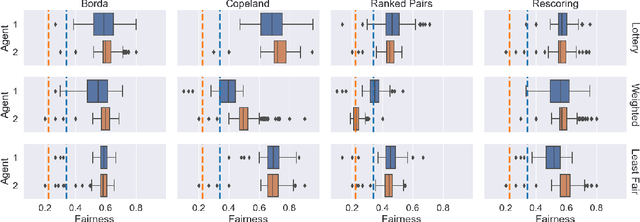
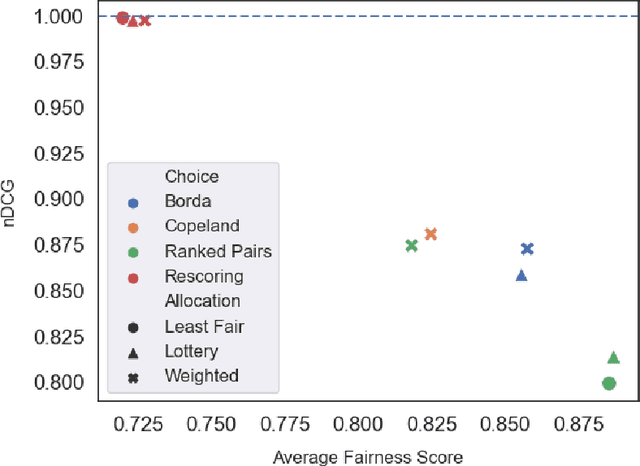
Abstract:Fairness problems in recommender systems often have a complexity in practice that is not adequately captured in simplified research formulations. A social choice formulation of the fairness problem, operating within a multi-agent architecture of fairness concerns, offers a flexible and multi-aspect alternative to fairness-aware recommendation approaches. Leveraging social choice allows for increased generality and the possibility of tapping into well-studied social choice algorithms for resolving the tension between multiple, competing fairness concerns. This paper explores a range of options for choice mechanisms in multi-aspect fairness applications using both real and synthetic data and shows that different classes of choice and allocation mechanisms yield different but consistent fairness / accuracy tradeoffs. We also show that a multi-agent formulation offers flexibility in adapting to user population dynamics.
Dynamic fairness-aware recommendation through multi-agent social choice
Mar 03, 2023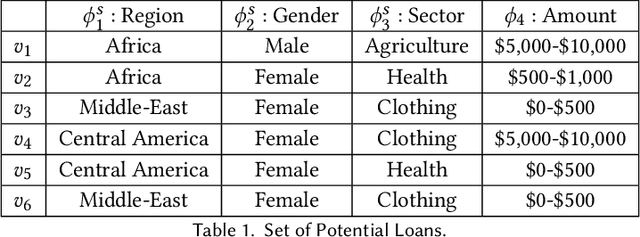


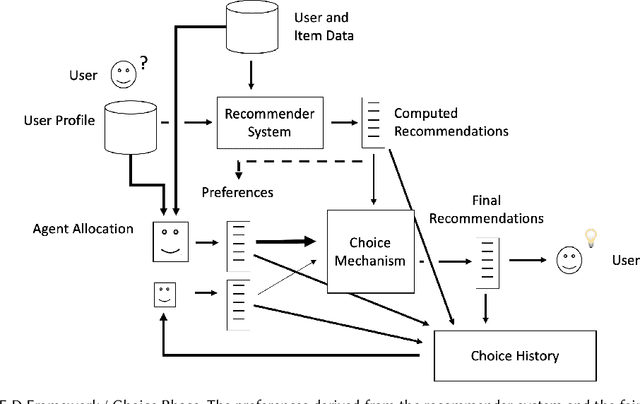
Abstract:Algorithmic fairness in the context of personalized recommendation presents significantly different challenges to those commonly encountered in classification tasks. Researchers studying classification have generally considered fairness to be a matter of achieving equality of outcomes between a protected and unprotected group, and built algorithmic interventions on this basis. We argue that fairness in real-world application settings in general, and especially in the context of personalized recommendation, is much more complex and multi-faceted, requiring a more general approach. We propose a model to formalize multistakeholder fairness in recommender systems as a two stage social choice problem. In particular, we express recommendation fairness as a novel combination of an allocation and an aggregation problem, which integrate both fairness concerns and personalized recommendation provisions, and derive new recommendation techniques based on this formulation. Simulations demonstrate the ability of the framework to integrate multiple fairness concerns in a dynamic way.
Who Pays? Personalization, Bossiness and the Cost of Fairness
Sep 08, 2022Abstract:Fairness-aware recommender systems that have a provider-side fairness concern seek to ensure that protected group(s) of providers have a fair opportunity to promote their items or products. There is a ``cost of fairness'' borne by the consumer side of the interaction when such a solution is implemented. This consumer-side cost raises its own questions of fairness, particularly when personalization is used to control the impact of the fairness constraint. In adopting a personalized approach to the fairness objective, researchers may be opening their systems up to strategic behavior on the part of users. This type of incentive has been studied in the computational social choice literature under the terminology of ``bossiness''. The concern is that a bossy user may be able to shift the cost of fairness to others, improving their own outcomes and worsening those for others. This position paper introduces the concept of bossiness, shows its application in fairness-aware recommendation and discusses strategies for reducing this strategic incentive.
Is Speech Emotion Recognition Language-Independent? Analysis of English and Bangla Languages using Language-Independent Vocal Features
Nov 21, 2021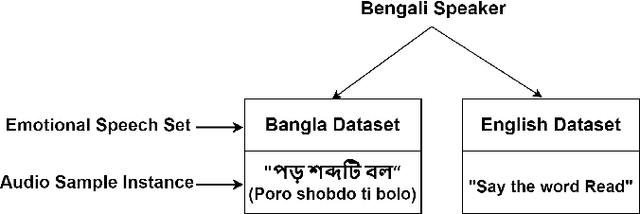

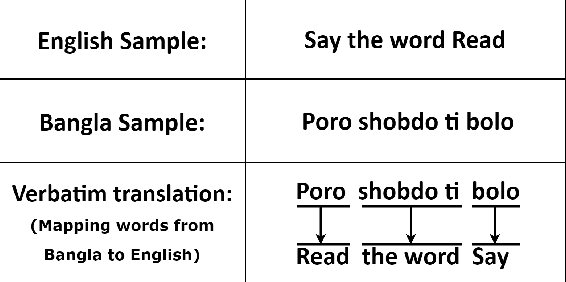

Abstract:A language agnostic approach to recognizing emotions from speech remains an incomplete and challenging task. In this paper, we used Bangla and English languages to assess whether distinguishing emotions from speech is independent of language. The following emotions were categorized for this study: happiness, anger, neutral, sadness, disgust, and fear. We employed three Emotional Speech Sets, of which the first two were developed by native Bengali speakers in Bangla and English languages separately. The third was the Toronto Emotional Speech Set (TESS), which was developed by native English speakers from Canada. We carefully selected language-independent prosodic features, adopted a Support Vector Machine (SVM) model, and conducted three experiments to carry out our proposition. In the first experiment, we measured the performance of the three speech sets individually. This was followed by the second experiment, where we recorded the classification rate by combining the speech sets. Finally, in the third experiment we measured the recognition rate by training and testing the model with different speech sets. Although this study reveals that Speech Emotion Recognition (SER) is mostly language-independent, there is some disparity while recognizing emotional states like disgust and fear in these two languages. Moreover, our investigations inferred that non-native speakers convey emotions through speech, much like expressing themselves in their native tongue.
 Add to Chrome
Add to Chrome Add to Firefox
Add to Firefox Add to Edge
Add to Edge